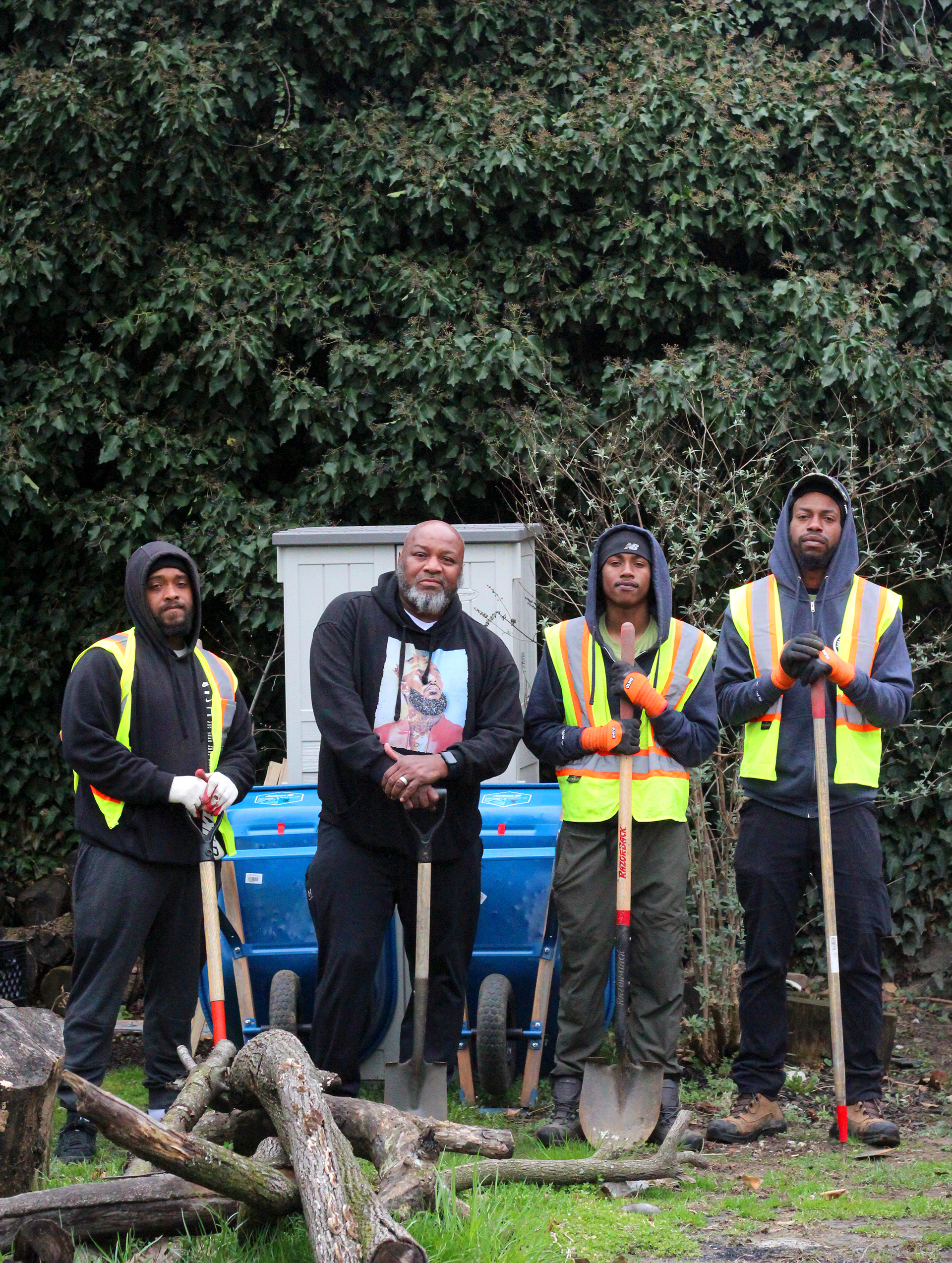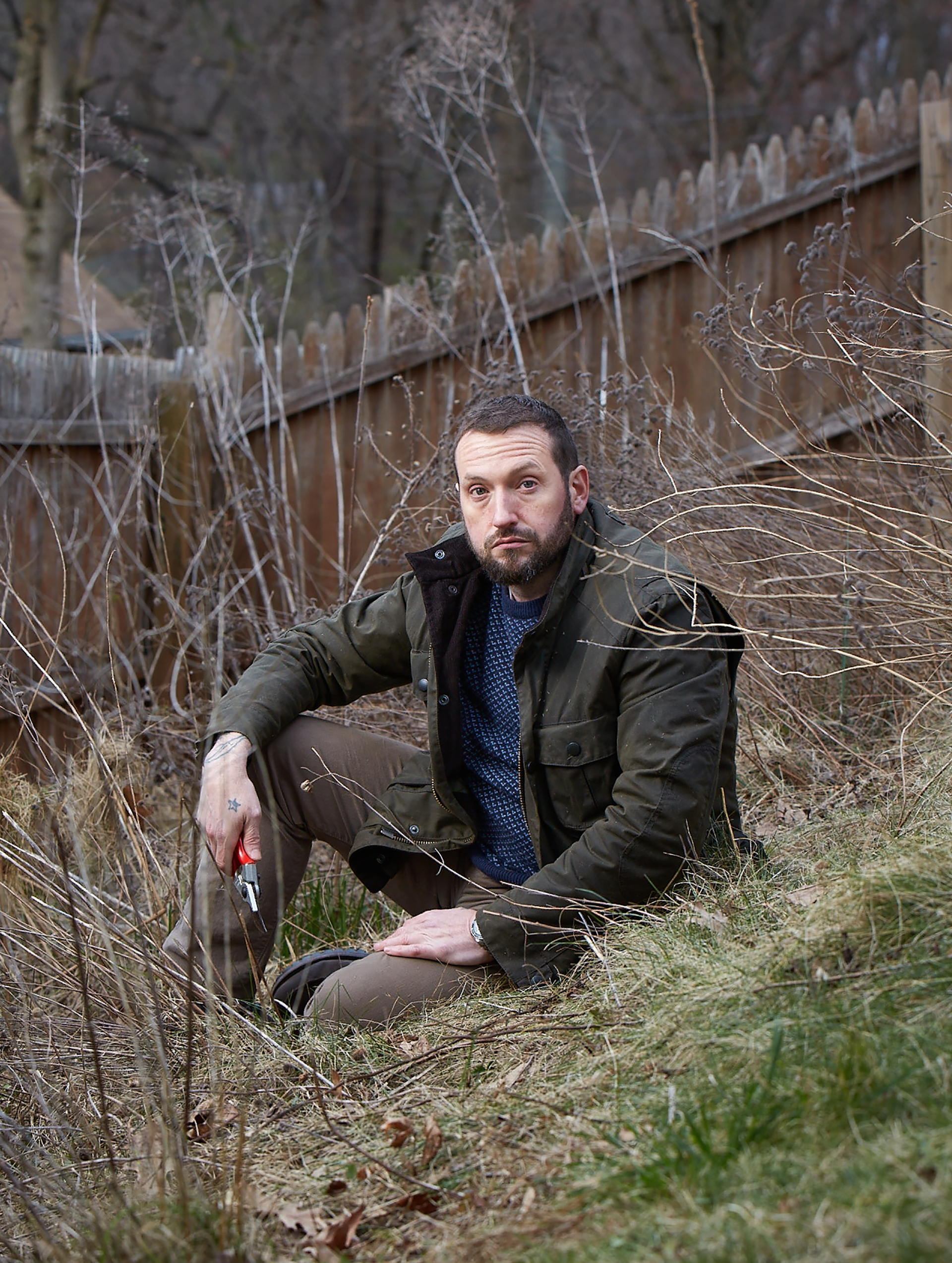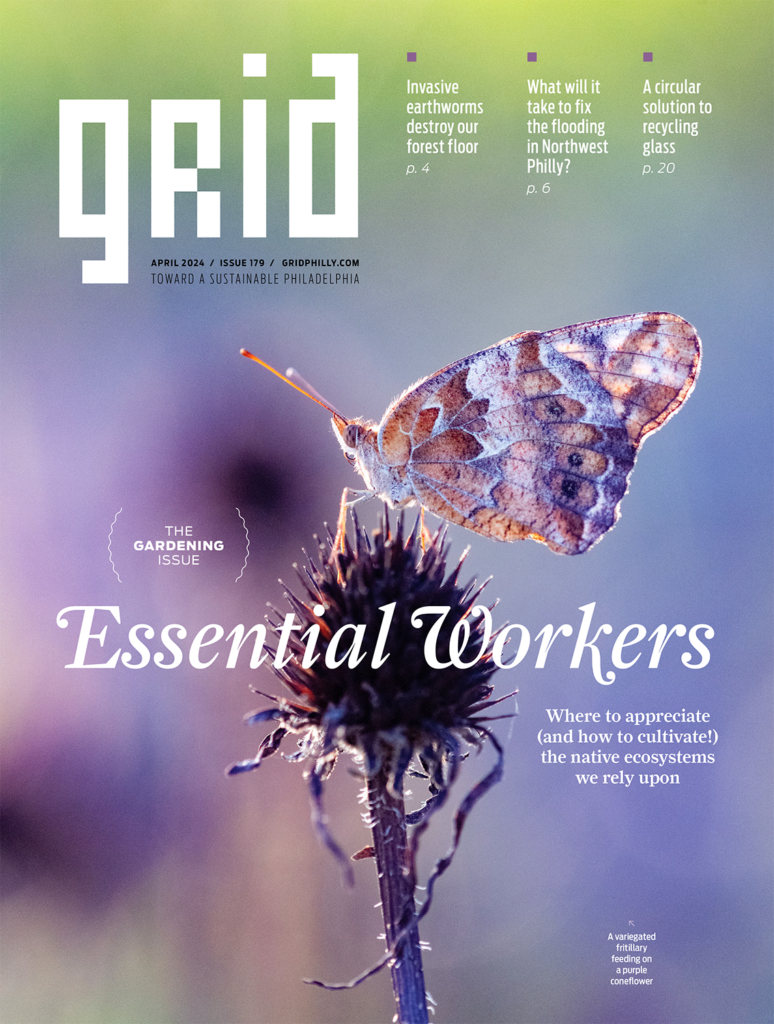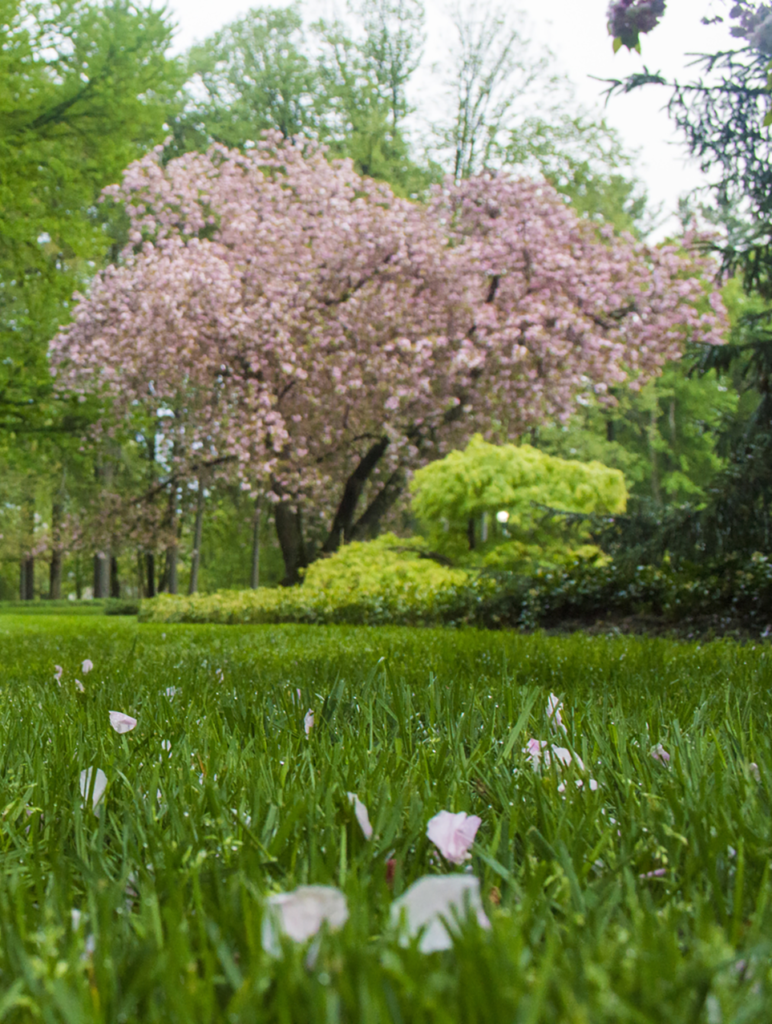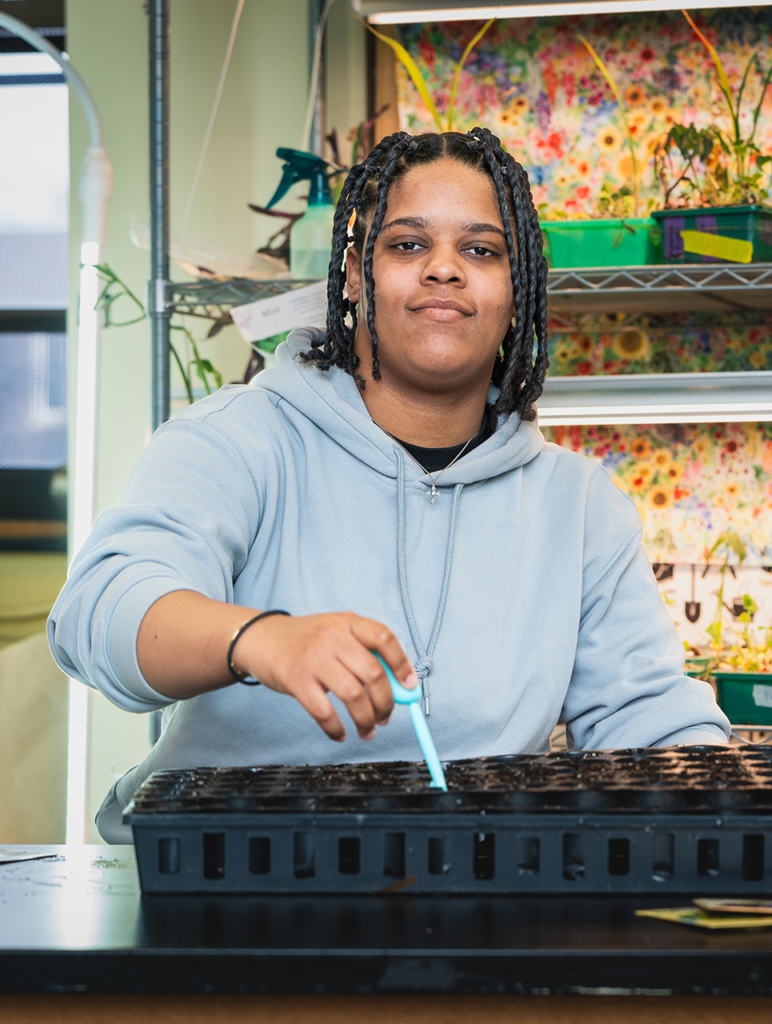Gardening was woven into Victor Young’s life at an early age. His mother and aunt introduced him to the concept of growing your own food as he helped them in their gardens as a kid.
The West Philly resident tried to carry these lessons into adulthood — but not without hitting some obstacles.
“I was going to start growing things in my backyard and I did try, but I had groundhogs that would eat up my vegetables,” Young recalls with a laugh.
Around that same time in 2013, Beverly Carter, a high school science teacher and a friend of Young, reached out with the idea to start a community garden to address healthy food access and quality of life issues. Young identified empty lots in the Hestonville section of West Philly and the two recruited neighbors and got to work.
Since then, the nonprofit garden, Five Loaves Two Fish, has thrived, growing from 20 to 36 raised beds. Produce is enjoyed by the gardeners and excess is shared between neighbors and other nearby gardens, such as Viola Street Garden. The garden has been a venue for crochet classes, fall festivals and job fairs. There are plans for this spring to have an open house to attract new gardeners.
And efforts are underway to attract other crucial members of the ecosystem. As urbanization and increased development has impacted the local ecology, the garden caretakers began seeking support to bring more pollinators to the space.
“We used to have a lot of birds flocking around, but now we have all these new houses going up and the ecology is being affected, even though Fairmount Park is not even that far away,” says Young.
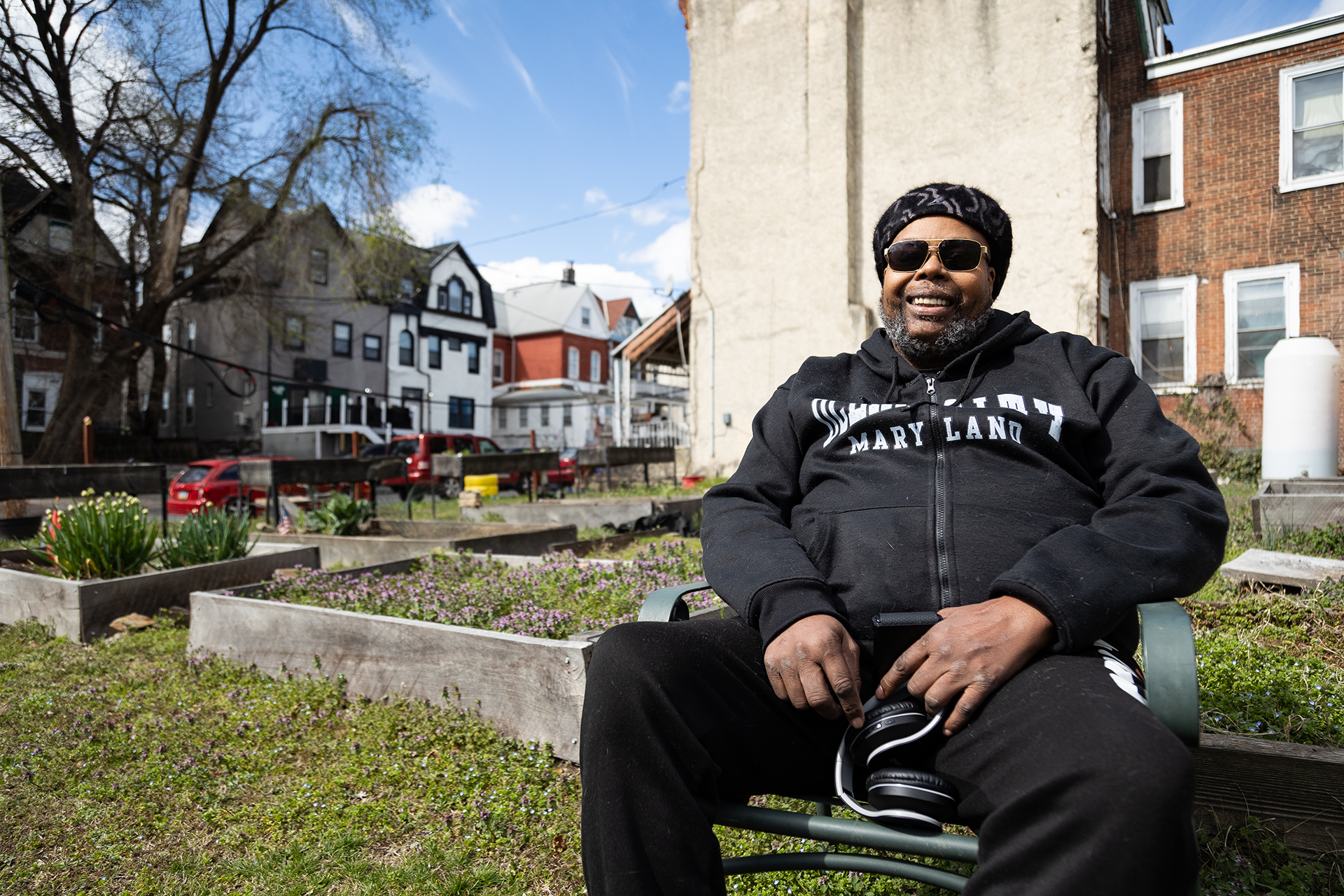
In 2021, Young received an email from the Neighborhood Gardens Trust (NGT) asking if he would be willing to have native plants for pollinators incorporated into the garden. He immediately signed on.
The collaboration is part of the Pollinator Network Program, a jointly-funded partnership between the National Fish and Wildlife Foundation, Audubon Mid-atlantic, the John Heinz National Wildlife Refuge at Tinicum, Thomas Jefferson University and the National Wildlife Federation, with support from local community organizations like NGT.
The project’s mission is to plant flowers, bushes and trees to attract native pollinator species in Philadelphia. According to the U.S. Department of Agriculture, 75% of the world’s flowering plants and about 35% of the world’s food crops rely on animal pollinators to reproduce. But due to environmental degradation, these species are dying, putting crops at risk. Projects like this aim to build new habitats for these native pollinators.
With the assistance of the Pollinator Network Program, gardeners worked with the project organizers on the design and layout of a pollinator garden at Five Loaves Two Fish. Before they could get to planting, they had to clear the area. The garden sits on property that had six houses prior to demolition; bricks littered the grounds and had to be removed to plant.
Across the Schuylkill River, Brewerytown Garden faced similar struggles last year in their early plans to create a pollinator garden as part of the network, according to founding member Sharon Hildebrand.
“This was land that houses stood on several years ago,” Hildebrand says. “We’ve had to dig out quite a bit of stone in order to get good planting.”
Despite the challenges, gardeners planted natives like bee balm, phlox, milkweed, coneflower, eastern redbud (Cercis canadensis), false blue indigo (Baptisia australis), aster and various ferns and grasses — completely transforming the patch of land that had been strewn with litter.
We estimate that last year we grew about 4 to 5,000 pounds of food. That wouldn’t be possible without the pollinators we attract.”
— Sharon Hildebrand, Brewerytown Garden
Through the reciprocal relationship between the plant and pollinator, the garden has provided neighbors with healthy, accessible food like black-eyed peas, loofah, Korean radishes, yardlong beans, strawberries, raspberries, peaches, carrots, tomatoes and peppers, to name a few crops.
“We estimate that last year we grew about 4 to 5,000 pounds of food,” Hildebrand says. “That wouldn’t be possible without the pollinators we attract.”
Another added benefit of the native plants and its pollinators are the decreased presence of garden pests such as aphids, harlequin beetles, white flies and leaf miners. Some insects eat foliage and stunt growth and others transmit diseases.
“We would have to clear complete areas of the garden that would become infested,” Hildebrand says. “And one year, we asked gardeners to stop growing brassicas because the harlequin beetles were out of control.”
The pests didn’t win the battle. Over the past five years, as Brewerytown gardeners began including native plants, they say they have noticed less of these insects thanks to garden-friendly ones — like birds, bees, butterflies and wasps — appearing.
A habit gardeners are breaking in support of their new garden friends is clearing plants in the fall after harvest; instead, they leave dead plants to provide shelter for insects during winter months.
“The difference I’ve seen in the 11 or 12 years I’ve been gardening there is kind of amazing,” Hildebrand says.
The labor of biodiverse urban farming isn’t without its challenges. Five Loaves Two Fish relies heavily on its volunteers, but according to Young, most of the gardeners are elderly and have limited physical mobility.
“Some are close to 80 years old and they come out in the garden,” he says. “So when it comes time to clean up things and pull weeds, we enlist help.”
Volunteers from local high schools and colleges have helped pick up some of the responsibilities at the garden. To increase these efforts, Young says organizers have secured funding to pay high school students to tend to the space over the summer.
Young also realizes that while the importance of pollinators may be obvious to gardeners, more education must be done in the wider neighborhood, whether through pop-up education days or direct outreach.
“We need to pass this onto our neighbors,” Young says. “Even if they put potted plants out, that would help.”
Hildebrand also wants to expand education efforts this year, offering workshops and adding signage in the pollinator garden. Garden guests take advantage of a seating area by the pollinator garden for its peaceful atmosphere. Adding signage could educate passersby on the types of plants and their impact, as well as the work by the volunteers who made it possible. Hildebrand says she’d also like to add more planters with native plants along the sidewalk and create a shelter for their apiary.
The National Fish and Wildlife Foundation said funding for the pollinator project would sunset by the end of this summer, leaving the responsibility of continued upkeep to local organizations and the gardeners. But in a city that faces economic challenges, Young believes that the program has already made a big impact.
“These pollinator gardens are going to help families all across the city,” Young says. “We’ve got some people actually growing tomatoes right on their back porches in pots. The pollinators that come to our garden will find their way to some of these people, too.”
Even if some residents think they don’t have the green thumb to tend to a whole garden, Young hopes more awareness and encouragement will increase the presence of pollinators in their neighborhood.
“Grow something on your porch,” Young says. “The pollinators will come.”



